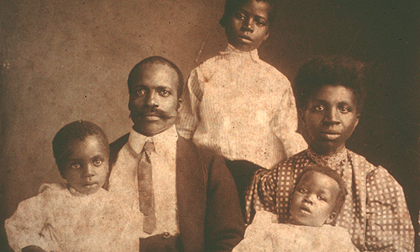
From 1993 to 1995, dozens of graduate students at Duke University and other schools fanned out across the South and conducted 1,260 interviews with African Americans who lived through the Jim Crow era of racial segregation. These interviews were recorded on cassette tape and became part of the special collections of the Duke University Libraries.
Now the library has placed digitized versions of 100 of these interviews on its website in an online exhibit called “Behind the Veil: Documenting African American Life in the Jim Crow South.” Visitors to the site can search the database to identify the subjects of the interviews by gender, state, and occupation.
In one interview, Ernest A. Grant of Tuskegee, Alabama, relates a story about his mother who was forced to leave town after she burned a white insurance agent with an iron after he had made unwanted sexual advances toward her. In another interview, Army lieutenant colonel Jesse Johnson describes officer training at the segregated camp at Fort Lee, Virginia, in the 194os.













This is good but it is better when Blacks document their own history.
Excellent research and & documenting no matter who did it. Will share this far and wide.
ER